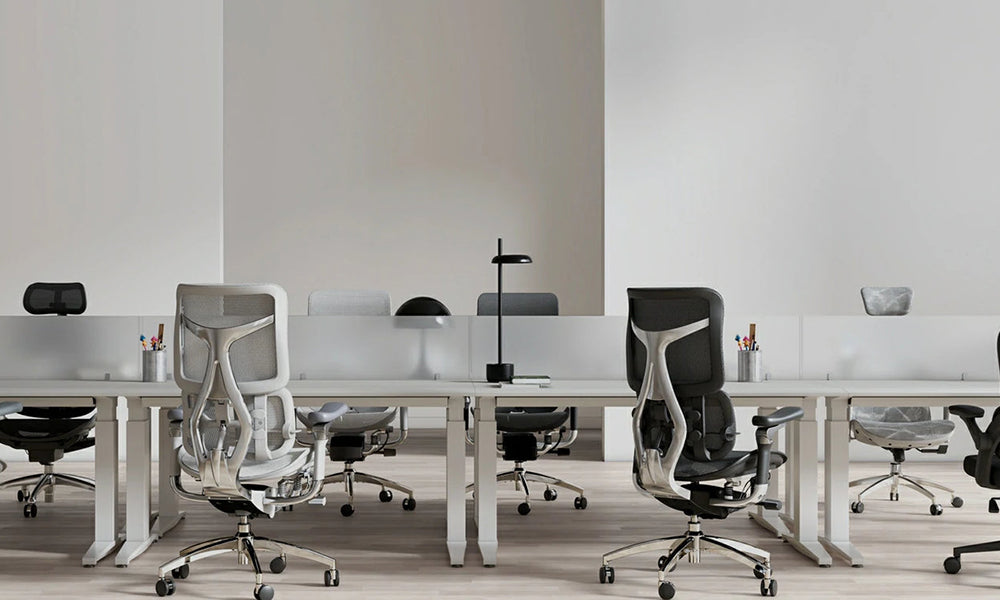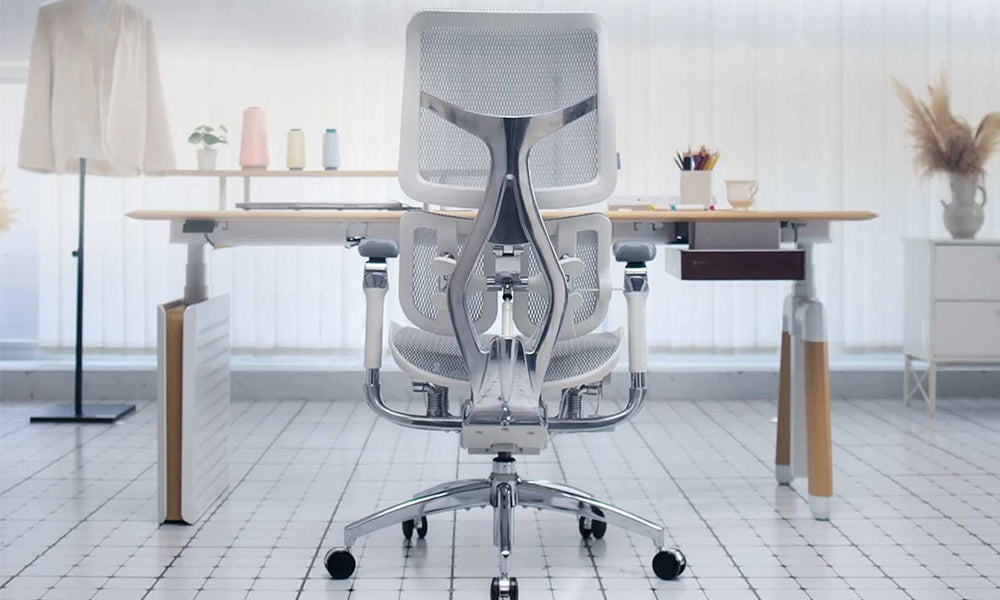If you spend a significant amount of time sitting in an office chair, you might have experienced discomfort or numbness in your bottom and legs. This condition, often referred to as "office chair butt," is a common result of prolonged sitting in one position. Fortunately, there are several ways to prevent it and maintain comfort while boosting productivity. Here’s how you can protect your health and avoid the dreaded “office chair butt.”
What Is "Office Chair Butt"?
"Office chair butt" describes the discomfort and numbness that can occur after sitting for long periods without proper posture, support, or movement. It happens when your body isn't adequately supported by your chair, and pressure builds up on specific areas like your glutes, thighs, or lower back. This pressure can lead to muscle fatigue, poor circulation, and general discomfort.
Why Does "Office Chair Butt" Happen?
When you sit for long stretches, particularly on an unsupportive chair, your body is subjected to pressure in certain areas. If your office chair doesn’t provide enough cushioning, support, or adjustability, it can result in:
- Reduced circulation: Poor circulation to your glutes and legs causes discomfort, tingling, or numbness.
- Improper posture: Sitting with incorrect posture shifts weight unevenly, leading to strain on specific muscle groups.
- Lack of movement: Sitting still for hours without adjusting your position or moving around increases pressure on your bottom.
How to Prevent "Office Chair Butt"
Fortunately, there are several strategies you can implement to avoid "office chair butt" and stay comfortable throughout your workday.
1. Choose the Right Ergonomic Chair
The first step in preventing discomfort is selecting a high-quality, ergonomic chair. A good ergonomic chair will provide the right support for your body, improve your posture, and reduce pressure on your glutes. Look for these features when choosing your chair:
- Adjustable seat height: This allows you to keep your feet flat on the ground and your knees at a 90-degree angle.
- Proper lumbar support: Dynamic lumbar support will help align your lower back and prevent slouching.
- Seat depth adjustment: A seat that adjusts in depth will ensure that the chair supports your thighs without cutting off circulation to your legs.
- Cushioned seat: A chair with enough cushion will reduce pressure on your glutes and prevent numbness or discomfort.
2. Take Regular Breaks and Move Around
One of the best ways to prevent discomfort and numbness is to avoid sitting in the same position for extended periods. Get up and stretch or walk around every 30 to 60 minutes to promote circulation and relieve pressure. Even small movements, like standing or shifting your weight slightly, can make a big difference. Try implementing the Pomodoro Technique, which suggests working for 25 minutes and taking a 5-minute break. After four sessions, take a longer break to get your body moving.
3. Maintain Proper Posture
Proper posture plays a crucial role in preventing discomfort while sitting. Sit all the way back in your chair with your back supported by the backrest. Keep your feet flat on the floor or on a footrest, and make sure your knees are at a 90-degree angle. Keep your shoulders relaxed and avoid slouching. You should also ensure that your monitor is at eye level, and your keyboard and mouse are positioned so your arms are at a comfortable 90-degree angle.
4. Use a Cushion or Seat Pad
If your office chair doesn’t have enough cushion, consider adding a seat cushion or seat pad to improve comfort. Memory foam cushions, for example, can provide additional support and distribute your weight more evenly across your bottom, reducing the pressure points that contribute to "office chair butt."
5. Try a Standing Desk or Adjustable Desk Converter
If you're prone to "office chair butt," consider using a standing desk or an adjustable desk converter. These tools allow you to alternate between sitting and standing, reducing the time you spend sitting and promoting better circulation. When standing, make sure your desk is set at the right height, so your arms and wrists are in a neutral position.
6. Stretch and Strengthen Your Glutes and Core
Weak glutes and core muscles can contribute to discomfort when sitting for long periods. Incorporating stretches and strength exercises into your routine can improve your posture, reduce pressure on your bottom, and prevent pain. Consider adding the following stretches to your routine:
- Hip flexor stretches: Sitting for long periods tightens the hip flexors. Stretching them helps prevent discomfort and encourages better posture.
- Glute stretches: Stretching your glutes can help alleviate muscle tension and improve circulation.
- Core strengthening exercises: A strong core supports better posture and reduces pressure on your lower back and glutes.
7. Use a Footrest or Adjust Your Chair Height
If your feet aren’t flat on the floor while sitting, you might be putting extra pressure on your legs and glutes. If you can’t adjust the height of your chair to fit your body properly, a footrest can help. It will keep your feet flat, reducing strain on your bottom and improving circulation.
Final Thoughts
Preventing "office chair butt" is all about making smart choices for your comfort and health. By selecting an ergonomic chair, maintaining good posture, and taking regular breaks, you can stay comfortable and productive throughout the day. Remember to prioritize movement, and incorporate stretches and exercises into your routine to strengthen your muscles and reduce discomfort. With these tips, you can say goodbye to "office chair butt" and enjoy a healthier, more comfortable workday.
Have you tried any of these tips? Let us know how they’ve worked for you, or share your own strategies for staying comfortable at work!







Laisser un commentaire
Ce site est protégé par hCaptcha, et la Politique de confidentialité et les Conditions de service de hCaptcha s’appliquent.